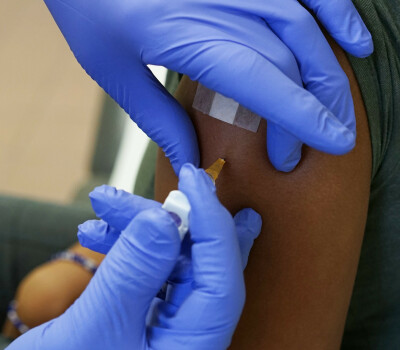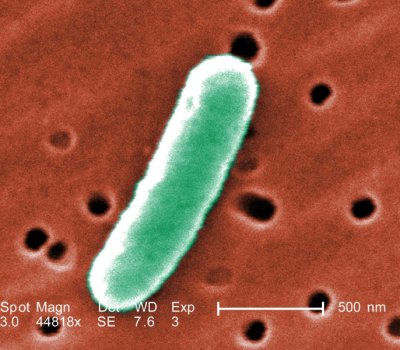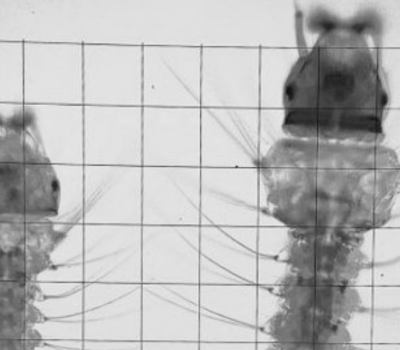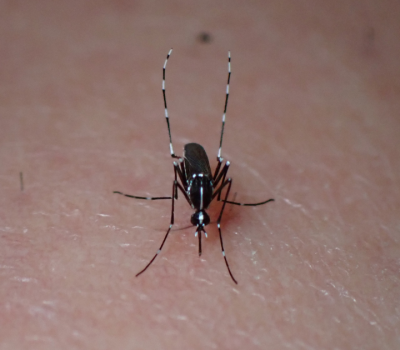Are we ready for a West Nile virus outbreak?

The Institute of Tropical Medicine (ITM) in Antwerp provides evidence of widespread insecticide resistance in the common house mosquito (Culex pipiens) in Europe. This resistance makes it harder for us to control outbreaks of West Nile fever. Alternative control tools are imposing themselves.
Several countries around the Mediterranean already reported insecticide resistance in their common house mosquito populations. Now an ITM study is shedding light on the situation in western Europe. Stien Vereecken, laboratory technologist at ITM's Entomology Unit, explains the study: "In ITM's insectary, we applied the World Health Organisation susceptibility tests to a Belgian house mosquito population to determine their resistance. We compared the results with those of other countries in and around Europe."
No effective remedy for an outbreak
Resistance poses a problem in potential outbreaks of viruses that can be transmitted by the common house mosquito. In such outbreaks, such as West Nile virus, the standard response to contain the spread is to spray insecticides. With resistance, this pesticide is no longer an option and we are more vulnerable when an outbreak occurs. It is therefore important to know which insecticides are still effective.
"At the moment, we do not have an effective weapon in Belgium against a West Nile outbreak. There is an urgent need for new vector control tools that are efficient and acceptable," says Ruth Müller, head of ITM's Entomology Unit. "Together with my team, we are using biodiversity and artificial intelligence to develop new eco-friendly vector control tools to combat mosquito-borne diseases."
Monitoring, EU regulations and pesticides need to change
To better protect against outbreaks, several measures are needed. Existing monitoring programmes need to be expanded to map insecticide resistance of mosquito populations. In addition, more research is needed to develop innovative non-chemical alternatives to pesticides. Finally, policymakers need to translate these new insights into EU legislation.
West Nile fever on the rise in Europe
West Nile fever is induced by an emerging virus transmitted by the common house mosquito. The disease mainly affects birds and horses and sometimes humans. In most human cases, there are no symptoms. A smaller proportion of those affected develop flu-like symptoms and exceptionally, the disease is fatal. Last year, the European Union (EU), the European Economic Area (EEA) and neighbouring EU countries reported 1,340 locally acquired cases, including 104 deaths. This is the highest number since the peak year of 2018.
State-of-the-art insectary
ITM conducted this study in their high-tech and highly secured insectary in Antwerp. The institute also uses these laboratories for studies with other insects such as tiger and malaria mosquitoes or tsetse flies, which can transmit bacteria, viruses or parasites to humans. In the insectary researchers gather more knowledge and study innovative nature-based solutions for the prevention and control of diseases such as West Nile Fever, dengue and malaria.
Spread the word! Share this story on









